THE CINEMATOGRAPHY OF OBI-WAN KENOBI: Tragic Hero Barely Keeping it Together, Life Literally in Shambles – part 2
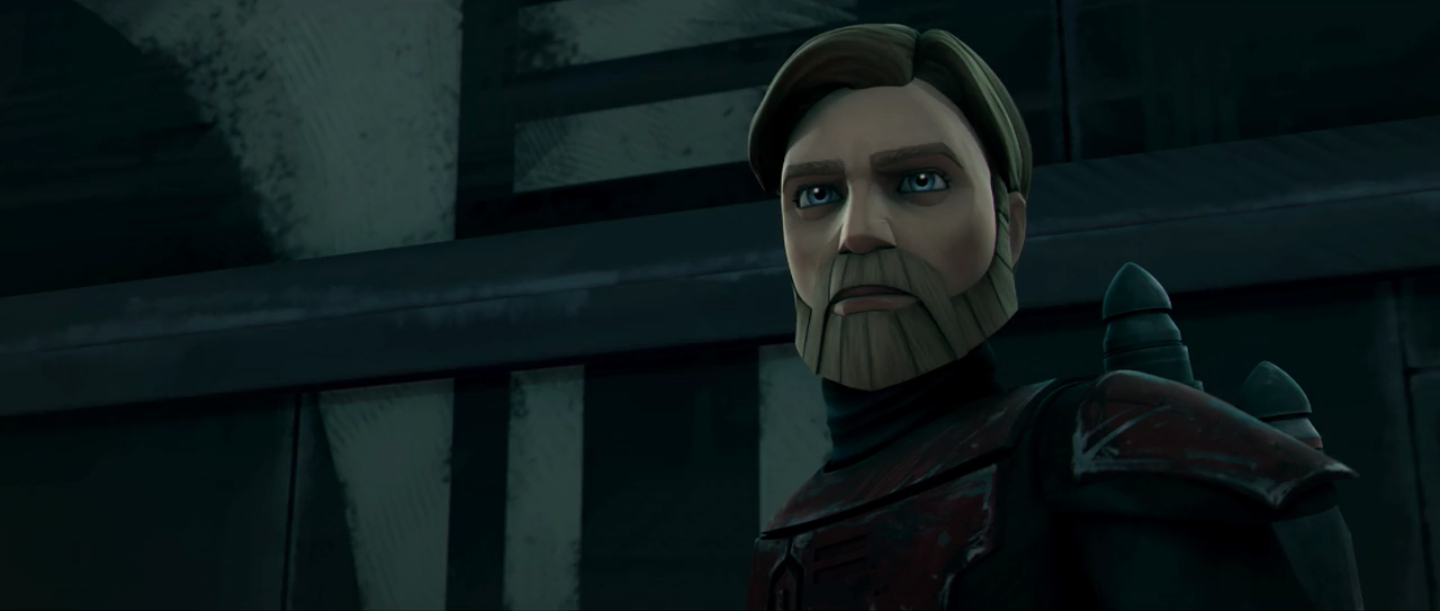
Are you ready to dive back into “The Lawless?” I know I am. Again, I’m so so sorry!
Don’t forget to read Part 1 of this analysis if you haven’t already.
Last time, we discussed emotionalism, cinematic horror, and Kenobi going rogue. Today we’re discussing duality and shared horror… boy, that doesn’t sound cheerful at all… but I promise it sounds worse than it is…
Who am I kidding. This is “The Lawless” we’re talking about. It’s going to be horrible.
DUALITY = TWINNING!
If you couldn’t tell by now, I really enjoy looking at character position within a frame. It tells us a lot about individual characters, but it also tells us something about their relationship to other characters in the story.
In part 1 we compared Obi-Wan’s body position to Yoda and Ki-Adi-Mundi, showing that he was in conflict with the Jedi.
What do I find even more interesting?
Guess who Kenobi’s framing is often identical to???? Darth Maul, of course!!!
For example:
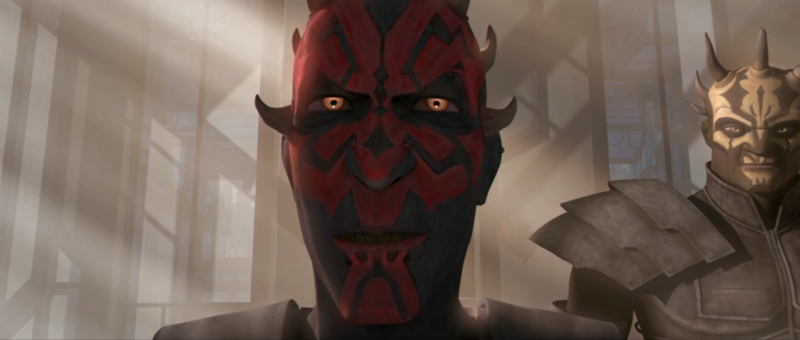
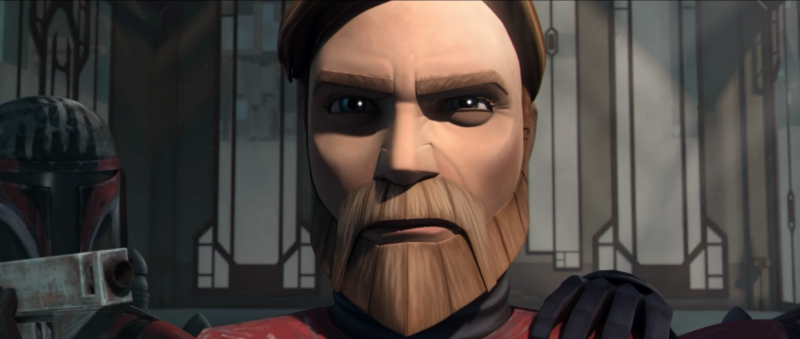
And this one is my favorite:
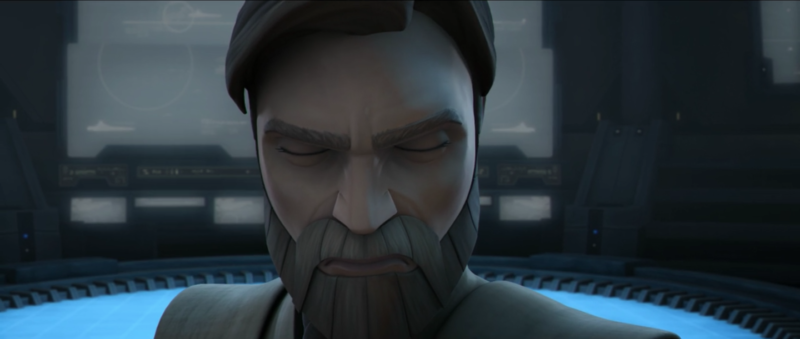
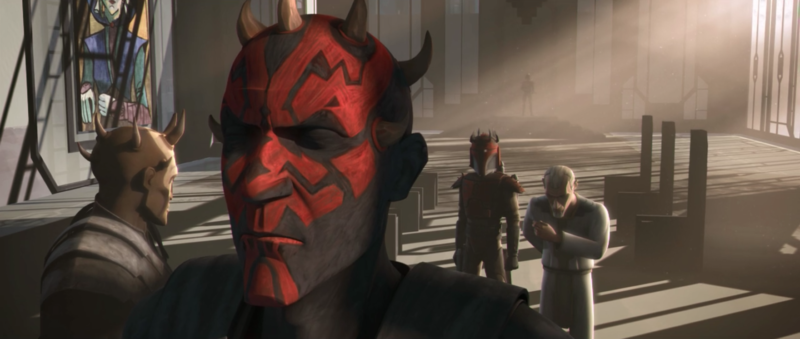
Those last 2 frames are almost back-to-back in the episode. There’s a slight transitional wipe cutting from Obi-Wan in the Jedi temple to Maul on Mandalore.
Why is this framing significant? Because it is deliberate.
When you cut from one character to another and they visually occupy the same space in the frame, and even have nearly identical expressions on their faces, it indicates they are connected somehow. The audience will subconsciously register this connection.
This duality can tie into the bigger mythos that heroes and villains are often identical in many ways. For example, Obi-Wan and Maul are both intelligent, powerful, determined, loyal to their own beliefs, and strong with the Force.
One of the few differences between them is their ability to accept fate. Time and again Kenobi accepts events as they unfold, but Maul veritably rails against fate, desperate to control whatever he can.
SHARED HORROR UNITES ALIENATED CHARACTERS
I’m going to be honest. I really debated even including this section because it’s DEPRESSING and I felt a little crushed writing it (not to mention prepping the screenshots). But the truth is, it’s kind of important, especially for those of us who debate if Obi-Wan still had feelings for Satine.
Satine’s murder is a moment of cinematic catharsis. After Maul stabs the Duchess of Mandalore, there is a series of cuts between her and Obi-Wan. Both characters have twisted, horrified expressions:
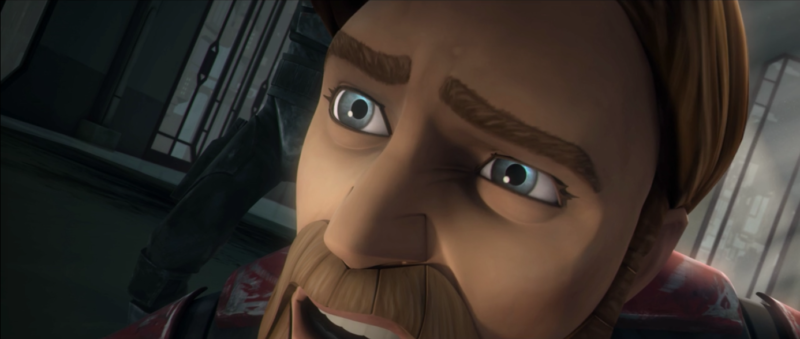
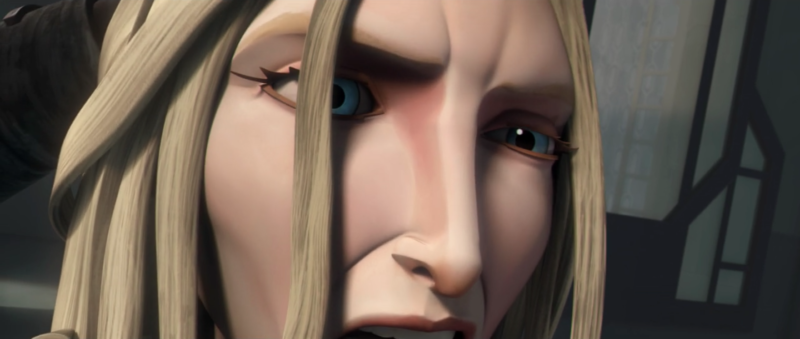
Followed by shared agony:
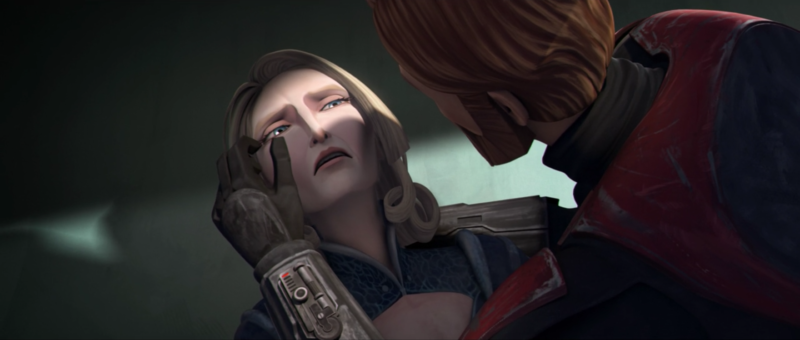
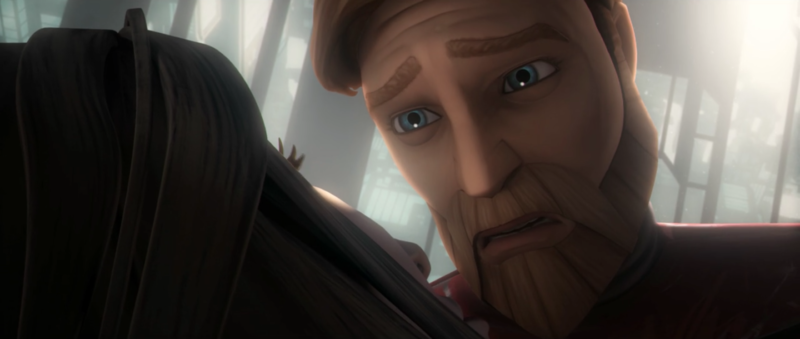
Followed by shared tenderness:
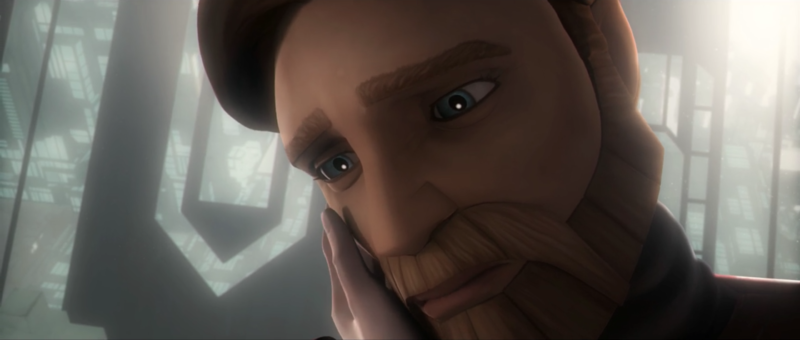
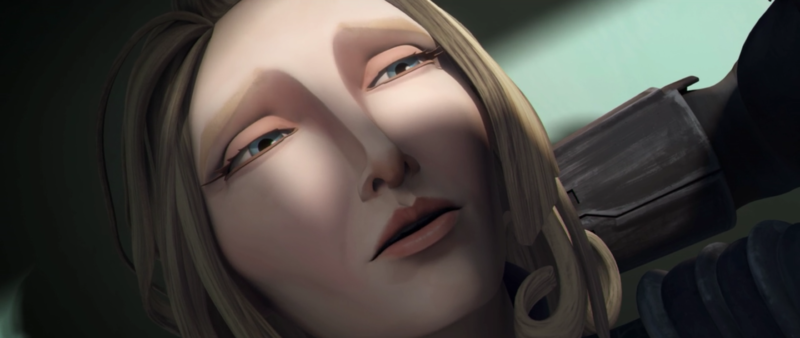
Resulting in unity – both characters centered in the frame:
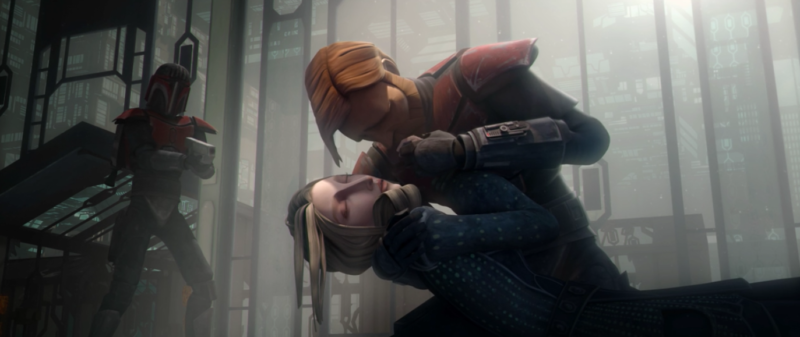
In part 3 we’ll discuss psychological prisons and how you can tell when a character is powerful.
